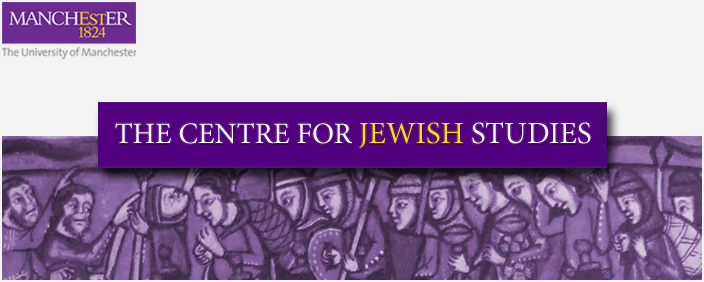A Contemporary Description of Jewish Tailoring
 Briefly, the system of the Jewish workers is as follows: a coat, already cut, is handed to the tailor, who fits the trimming, cuts the pockets, and passes the garments on to the machinist by his side. This man stitches the seams and put the pockets in, after which he hands the coat back to the tailor. This time, the tailor puts in the canvass and baists the coat. Once more the machinist gets to work upon it with his machine driven needle, and then the coat is turned inside out by the tailor, and handed to the under-presser, who presses the inside seams. Next, the presser, a more experienced hand, runs his iron over the outside seams, and the coat is ready for the "feller", who finishes it, except for the baisting stitches which are generally drawn out by a girl.
Briefly, the system of the Jewish workers is as follows: a coat, already cut, is handed to the tailor, who fits the trimming, cuts the pockets, and passes the garments on to the machinist by his side. This man stitches the seams and put the pockets in, after which he hands the coat back to the tailor. This time, the tailor puts in the canvass and baists the coat. Once more the machinist gets to work upon it with his machine driven needle, and then the coat is turned inside out by the tailor, and handed to the under-presser, who presses the inside seams. Next, the presser, a more experienced hand, runs his iron over the outside seams, and the coat is ready for the "feller", who finishes it, except for the baisting stitches which are generally drawn out by a girl.
 In all, the coat so made goes through eight processes, and it is in this way that the Jewish worker is able to compete so successfully against the English knight of the shears. There is no question of working longer hours or for less money. It is merely one of organisation. The same system obtains in the waterproof, cabinet-making, cap-making, and slipper-making trades. The superiority of it as compared with the one-man system is too obvious to make it necessary to say anything further in demonstration of the statement that though Jewish workers are able to make coats - they do not make trousers - at a much lower rate than he English tailors, it does not follow that they are being sweated or even that they are working any harder than the Englishmen. Sweating among the Jews is apparent rather than real.
In all, the coat so made goes through eight processes, and it is in this way that the Jewish worker is able to compete so successfully against the English knight of the shears. There is no question of working longer hours or for less money. It is merely one of organisation. The same system obtains in the waterproof, cabinet-making, cap-making, and slipper-making trades. The superiority of it as compared with the one-man system is too obvious to make it necessary to say anything further in demonstration of the statement that though Jewish workers are able to make coats - they do not make trousers - at a much lower rate than he English tailors, it does not follow that they are being sweated or even that they are working any harder than the Englishmen. Sweating among the Jews is apparent rather than real.
(Manchester Evening News, Wed 28 January 1903)
__________________________
IMAGE AND DOCUMENT CREDITS: Tailor's workshop (© Manchester Jewish Museum), Anti-alien cartoon (B Williams, Manchester Jewry: A Pictorial History) Full reference: Sources.



